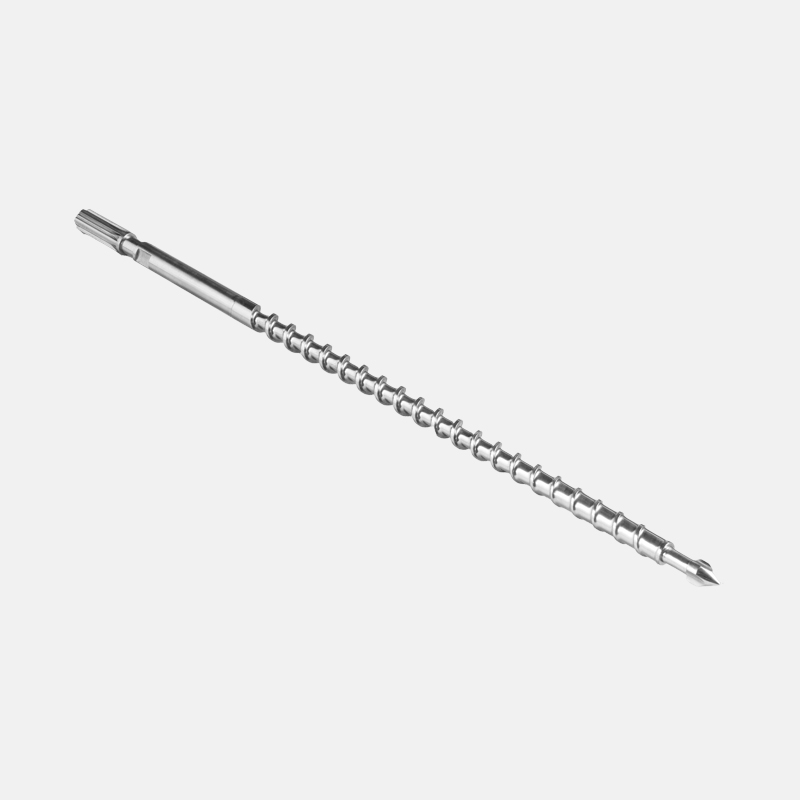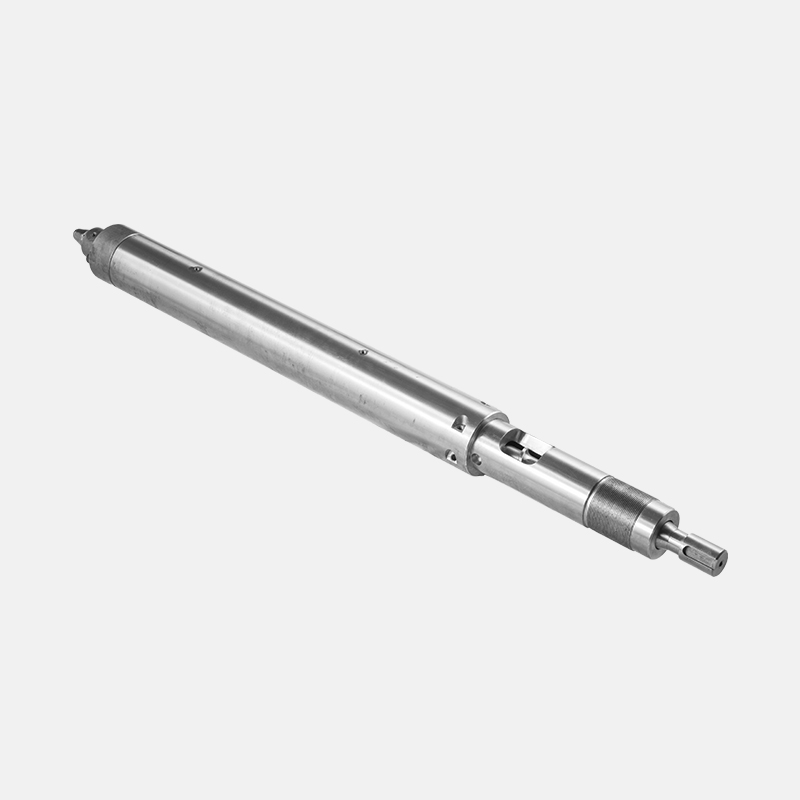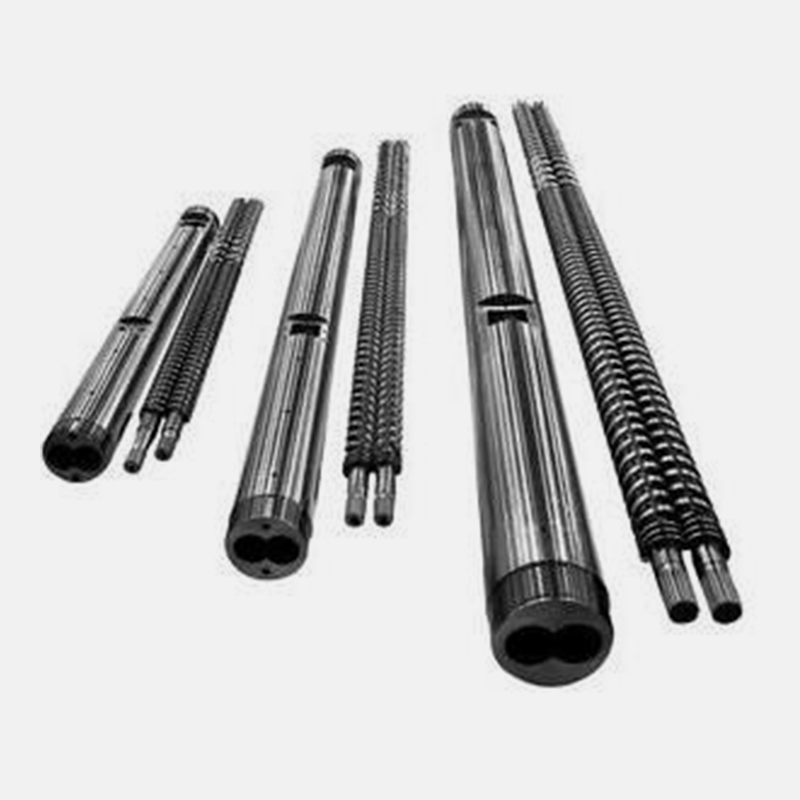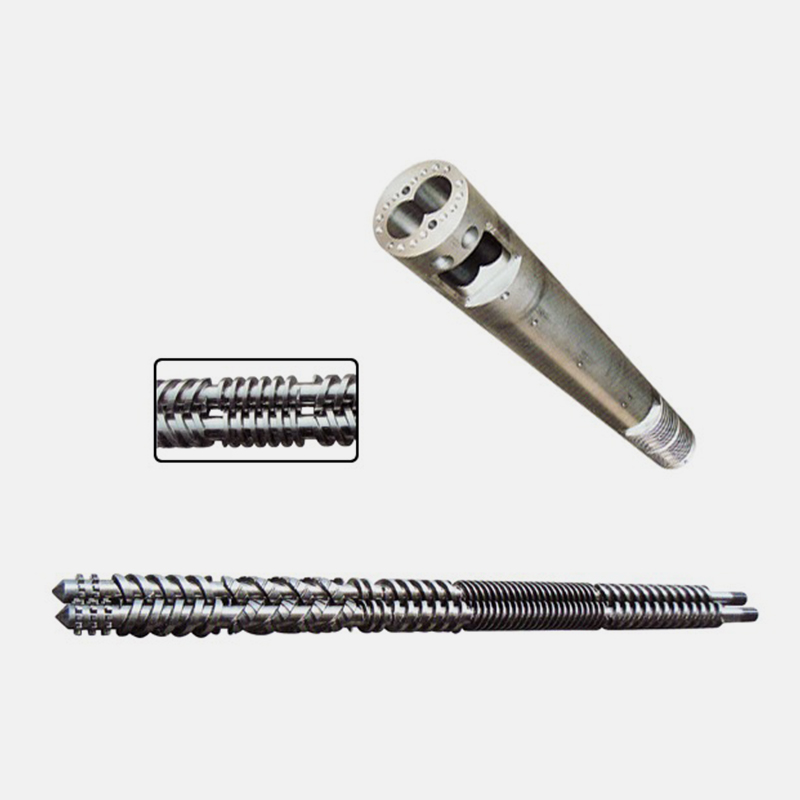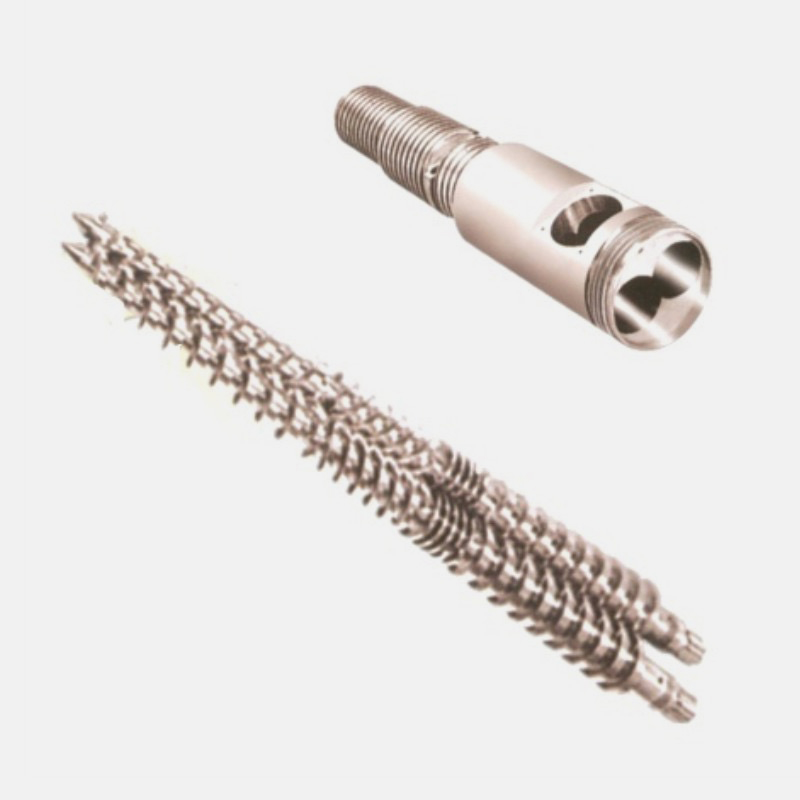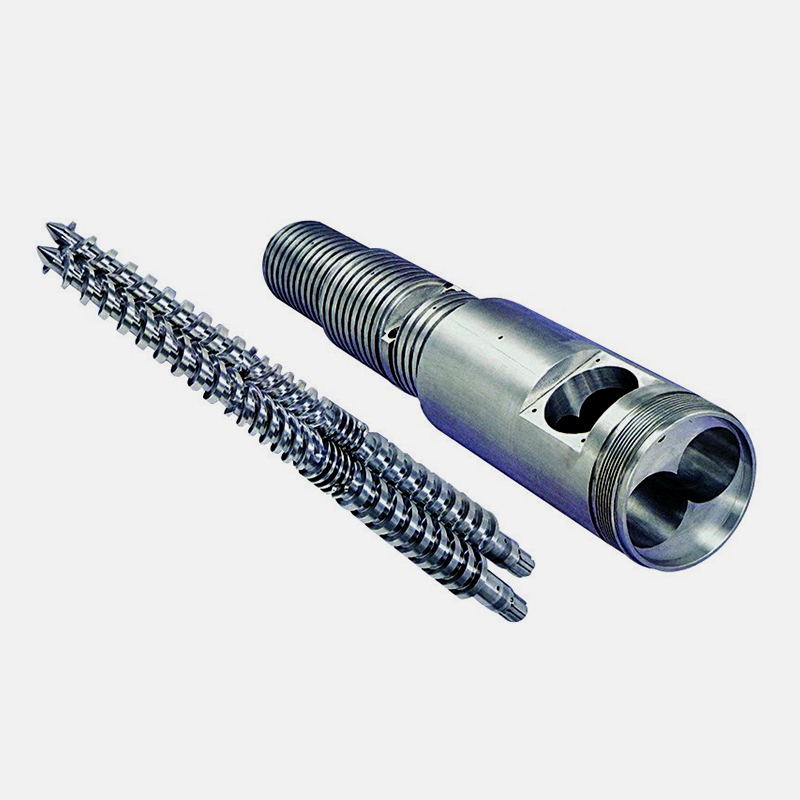Extruders can be thought of as high temperature short time cooking equipment, that can transform various raw ingredients by forcing through a die to create the desired final product shape during new product development in Parallel twin screw barrel the food development companies. A food extruder accelerates the restructuring process for food ingredients, compared to other traditional food processing methods. Extruders are highly multi purposed as they can be used to cook, form, mix, and texturize food products with added flavour, quality retention and increased productivity at a low-cost.During the extrusion process , raw materials are ground to the preferred size, which then passes through a preconditioner.
At this stage, steam may be injected into the raw materials and finally reaches the die assembly at a defined throughput. Extruder feeds both solid and liquid ingredients, mostly grain pulse, root-based foods, water, oil, sweeteners, colours, and added vitamins and minerals.Extruders can generally be classified based on the build type, such as single screw extruder, twin screw extruder, parallel twin screw extruder, pelletizing Extruder and dry Extruder. The following variables affect the efficiency of the extrusion process. Firstly, raw material’s physical and chemical properties, such as viscosity, moisture content etc. The dough’s rheological behaviour can greatly influence the final product quality, process time, and heat transfer.
The die plate assembly design is a crucial part of the operation as it is responsible for forming the desired product shape and adds flow resistance to achieve a final output of transformed materials. Bronze dies produce better quality pasta compared to stainless steel dies. Finally, operating conditions of the equipment such as screw speed, temperature and overall water content contribute to the process’s efficiency.For instance, during the extrusion process, caution must be given to the heat generated from screw elements, the heating system and the self-heat gained by the barrel’s viscosity. Water is greatly used in combination with the extrusion process to characterize the melting behaviour and overall final dough rheology.
Moreover, it is also used in the form of steam to impact the total extruder energy output. Such usage can significantly impact the extruder selection, design and performance and mainly on the product quality. The remaining water is evaporated during the venting stage to achieve accelerated cooling to form the final product.There are different categories of extruders, such as cold, hot, steam-induced and co-extrusion. Cold extrusion is mainly used for gentle mixing and shapes the dough without heating or cooking, such as pasta. Hot extrusion converts the raw materials under high temperature and pressure in a short time. This type is considered for textured foods such as pet food. Steam-induced extrusion is used for determining the textural attributes of highly expanded products, such as expanded breakfast cereals.

 English
English 简体中文
简体中文 España
España عربى
عربى
